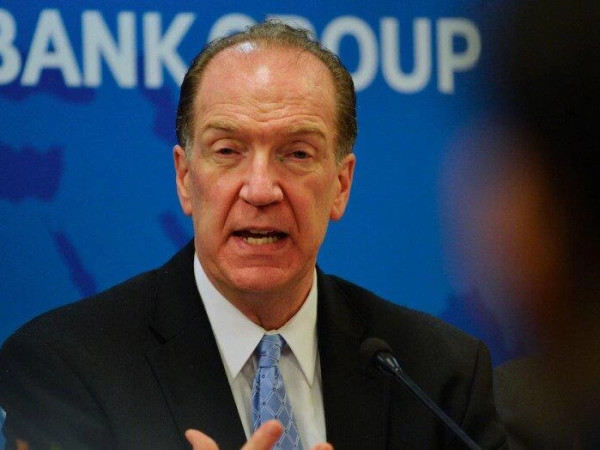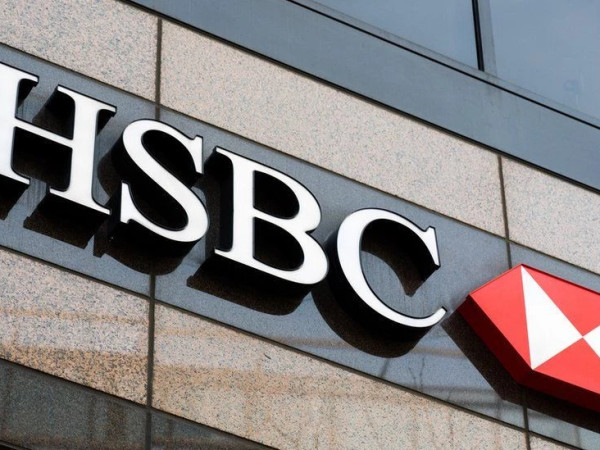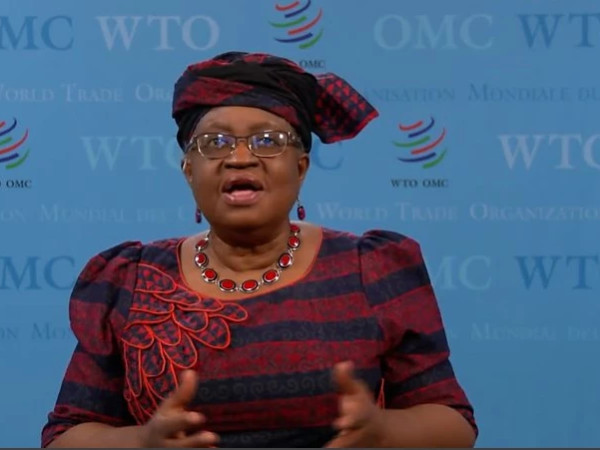In 2021, Ukraine’s inflation will stand at 8%, but it will return to the 5% ± 1 pp target range in H1 2022. After slumping by 4% last year, the country’s economy will grow by 3.8% this year. This is according to the NBU’s April 2021 Inflation Report.
“Inflation will be above the NBU’s target range in 2021, but it will return to the 5% target in H1 2022,” reads the recent report of the National Bank of Ukraine.
Rising global food and fuel prices and high consumer demand in Ukraine led to a rapid acceleration of inflation at the beginning of the year. Inflation will peak in Q3 2021, primarily due to last year’s low base of comparison, according to NBU projections. However, inflation will begin to decline in the autumn and will be 8% by the end of 2021. This will be facilitated by the new harvest’s arrival into the market, the depletion of the low comparison base effect for individual products, and the key policy rate hike by the NBU. Inflation will return to the 5% ± 1 pp target range in H1 2022, settling at about 5% in the years ahead.
“In 2021, the economy of Ukraine will grow by 3.8%,” NBU foresees, adding that “consumer demand will continue to be its main driver. The gradual revival in investment activity as the global economy recovers and the pandemic subsides will also contribute to economic growth. In 2022–2023, GDP growth will thus be close to 4%.”
The current macroeconomic forecast is based on the assumption that lockdown restrictions in the “red zones” will be rolled back starting in May, and that the adaptive quarantine will continue throughout H1 2021. Under this scenario, the negative contribution of quarantine restrictions in H1 2021 to annual GDP will be 0.5–0.6 pp, according to the NBU.
In 2021, exports will be driven primarily by rising commodity prices. At the same time, export growth will stall in 2022–2023, despite an increase in physical volumes of supplies. Meanwhile, imports will grow during 2021–2023, in particular due to the rapid recovery in consumer and investment demand. Strong demand for pharmaceuticals and medical equipment amid further measures to combat the spread of COVID-19 will also drive imports higher.
In 2021, pursuant to NBU, the current account will go back into small deficit (0.8% of GDP) as domestic demand continues to strengthen and international tourism picks up. In 2022‒2023, the current account deficit will widen significantly due to less favorable terms of trade for exporters of agricultural and metallurgical products, as well as the growth in consumer and investment imports in a full–fledged economic recovery.
Unemployment will decline this year, averaging 9.1%, according to NBU projections. On the one hand, the resumption of economic activity will help this indicator go back to normal. On the other hand, this decrease will be hampered by a significant rise in labor costs. In 2022, however, unemployment is expected to fall to its natural level of 8.5%.
Further economic recovery and rising social standards will support higher incomes. Nominal wages in 2021 will increase by 17.8%, and by 9.7% the next year. Real wages will rise by 8.6% and 3.9%, respectively.















